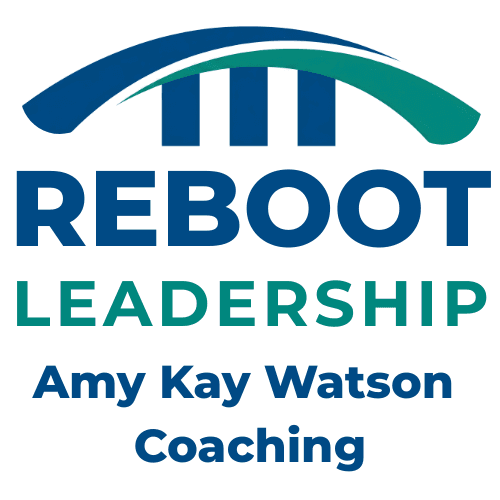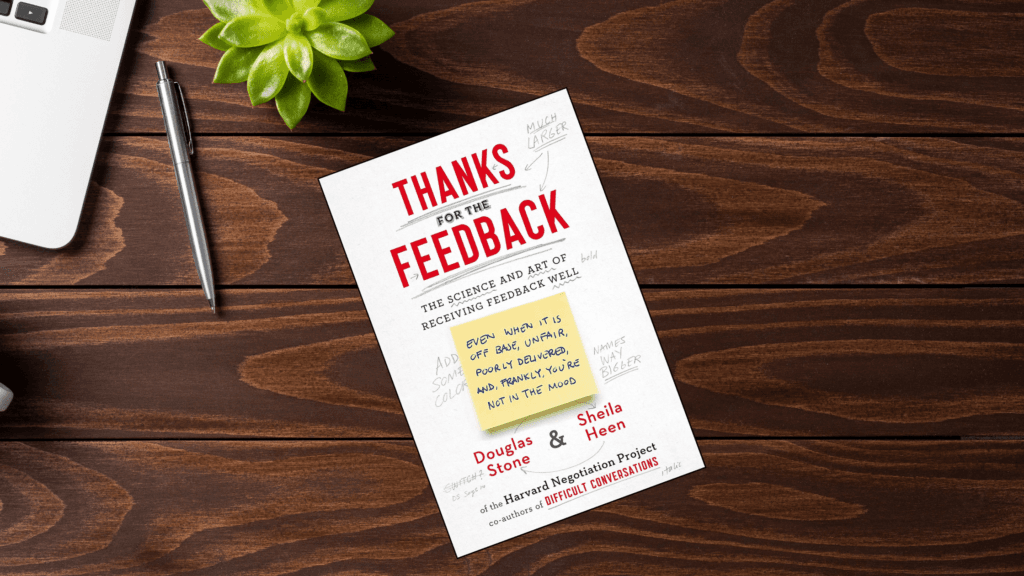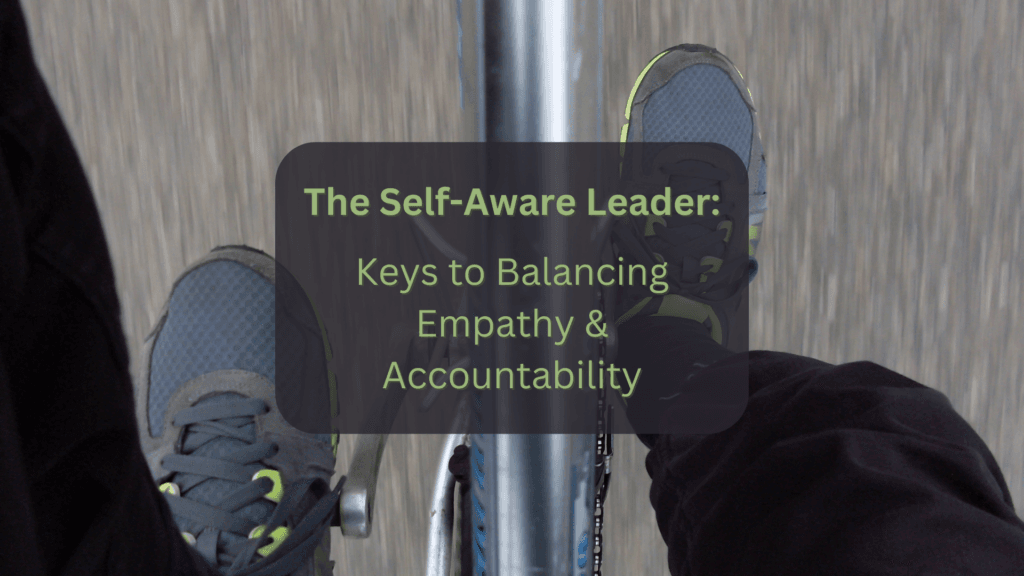A client recently told me, “I know perfectionism is supposed to be bad, but I can’t let it go. It’s the reason my work is better than everyone else’s.” She isn’t entirely wrong. But she is scientifically misunderstanding the engine of her success. Research in organizational psychology draws a sharp line between two distinct traits
Category Archives: blog post
You have a team member who isn’t delivering. They seem disengaged, self-interested, or perhaps they are actively dropping the ball. The instinct for most high-performing leaders is frustration. You look at the facts, the reality, and the obvious solution, and you wonder: Why won’t they just do the right thing? When you feel this frustration,
There is no excerpt because this is a protected post.
There is no excerpt because this is a protected post.
If you’re a successful, driven professional, you might know the feeling. You’ve climbed the ladder and built a life that looks right on paper. But internally, you feel stuck, frustrated, or bored. You find yourself wondering, “Is this all there is?” When my clients feel this way, their first instinct is often to find out
Hi. I’m Amy Kay Watson, and I’m addicted to electronics…
Every third Sunday of the month, I have set aside a device-free day. That means this Sunday, I won’t be on email, social media, or even the phone.
🔍 Summary:
Self-aware leaders balance empathy and accountability by noticing their reactions, pausing for perspective, and responding with clarity. This post outlines how to lead with both compassion and firmness—especially when performance is on the line.
Leadership Lessons in Balancing Empathy and Accountability Many leaders I coach enter their roles with a powerful, noble drive to create positive change. They envision empowering teams, streamlining processes, and driving exceptional results. Yet, in their zeal to improve performance, many fall into what I call the reformer’s trap. I see this pattern often. A
There’s a classic scene in The West Wing where Leo McGarry tells a story to a spiraling Josh Lyman. It’s about a man who falls into a pit. People pass by, offering advice and judgment from above. Then, a friend jumps in with him. The man says, “Now we’re both stuck.” The friend replies, “Yeah,











